The capital of the province of Segovia of the same name is a city with a population of 60,000 people, located in the autonomous community of Castile and Leon. The city also boasts membership as a UNESCO World Heritage Site. Several legends that characterize it have always revolved around the city, including one that wants it to be founded by Hercules or the son of Noah. Whatever the real origin of Segovia, we know with certainty that its origin is ancient.
History
The history of Segovia begins with the settlement of the Celtiberians, a Celtic population settled on the Iberian Peninsula. Its first records indicate that it was conquered by the Romans in 80 BC, before being wiped off the face of the earth to include in the province of Hispania Terraconensis. The new city, the main intersection of two military roads, was fortified with impressive defensive walls. During the subsequent Arab domination, Segovia became the capital, and this transformation did not help the city, which gradually lost its inhabitants who preferred to leave it.
A new demographic increase is found in 1088 due to the Spanish conquest. However, the most important development occurred in the Middle Ages, when Segovia became a Jewish community with industrial activities, especially in the textile industry. During this period, large works began, some of which today represent the main attractions of the city.
What to see in Segovia
We start our walk to discover the sights of Segovia from its main attraction. We are located in Piazza del Azoguejo, from where you can admire the infrastructure dating back to the second century AD, which is still practically intact. We are talking, of course, about the Aqueduct.
Segovia Aqueduct
Undisturbed in the heart of the modern city, the symbol of Segovia is certainly the famous Roman aqueduct, better known as El Aqueduct. It is a miracle of engineering thought with a length of 894 meters, built between the 1st and 2nd centuries AD.
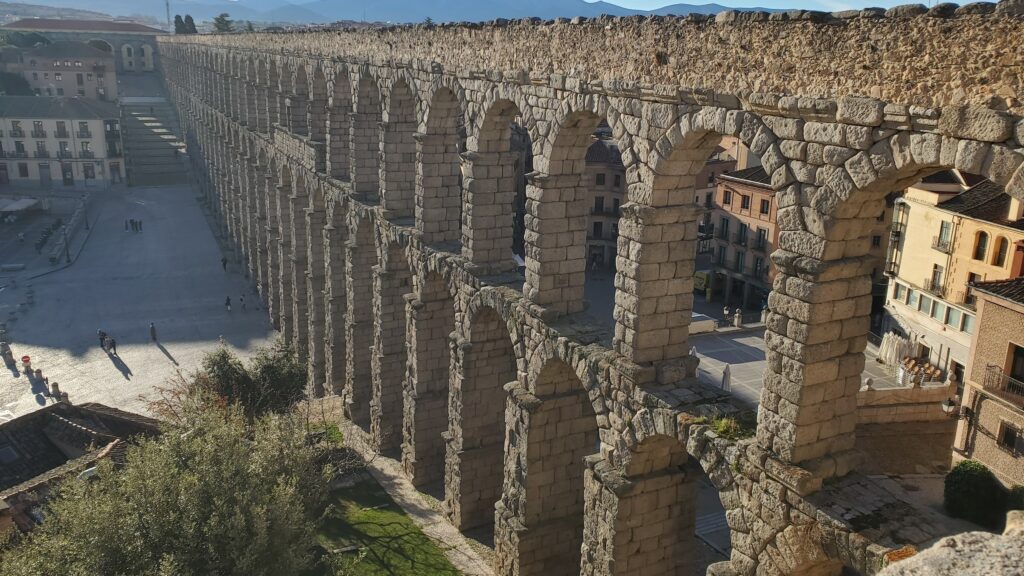
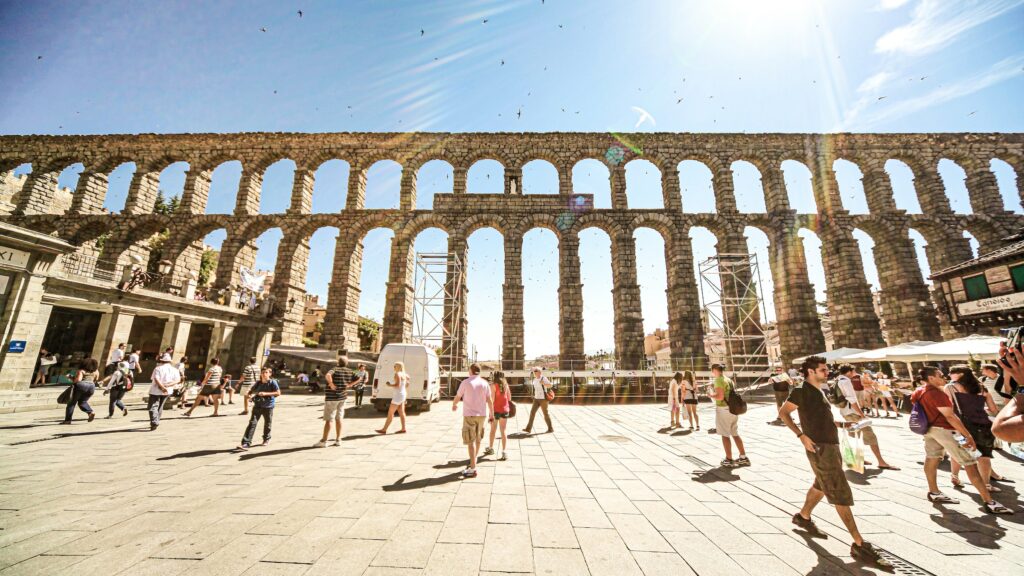
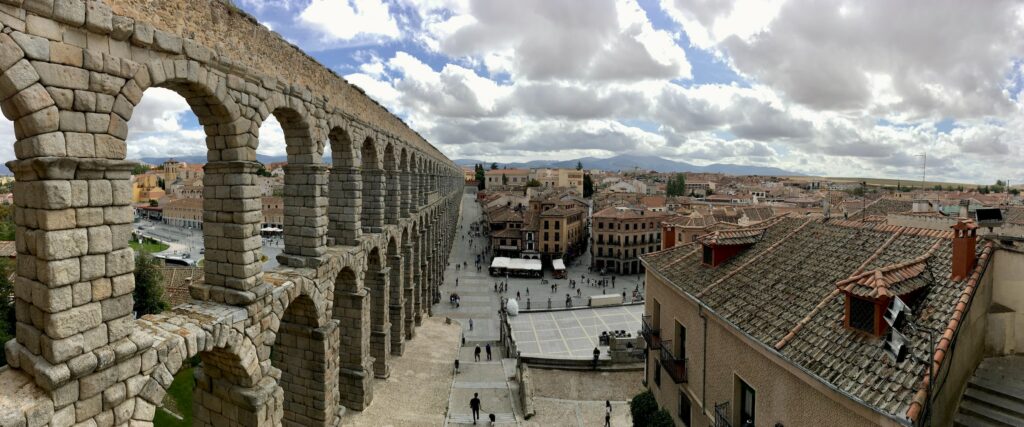
Built of more than 20,000 irregularly shaped granite blocks, it consists of 163 arches and at its highest point reaches 28 meters in height. The Roman project was originally part of a complex system of aqueducts and underground canals that carried water from the mountains over a distance of more than 15 km. Its current appearance is the result of an important restoration project carried out in the 1990s. Instead, its proclamation as a UNESCO World Heritage Site dates back to 1985.
Casa de Los Picos
Let’s not go too far from the Plaza del Azogejo to get to Juan Bravo Street, where there is a building that is difficult to pass by. We are actually in front of the Casa de Los Picos, the house of Spikes, a magnificent 15th-century building whose structure is covered with 617 pyramidal granite spikes.
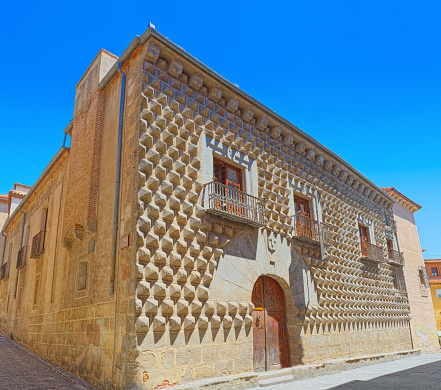
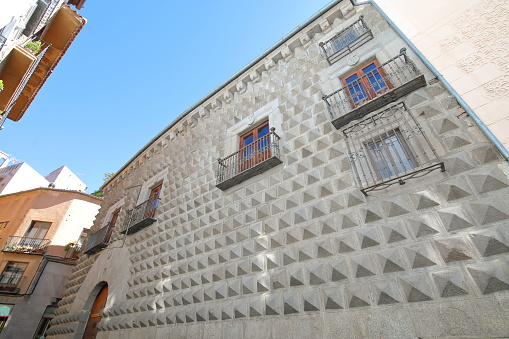
The entire structure belonged to Juan de la Os, the city councilor, and the family coat of arms is still visible on the portal and windows. Today, the building houses the Higher Art and Industrial School and at its entrance, it is worth admiring the majestic Renaissance courtyard.
Plaza Mayor
The magnificent Plaza Mayor is located in the vicinity of Casa de Los Picos. We are located in the historical center of Segovia, where the ancient market was located, and today it houses several historical buildings, arcades, and halls overlooking the lively square. Its history remembers it as the Plaza de San Miguel, in connection with the church of the same name, which originally occupied part of the space of the current square. Now it is the place of the cathedral and the regional tourist office.
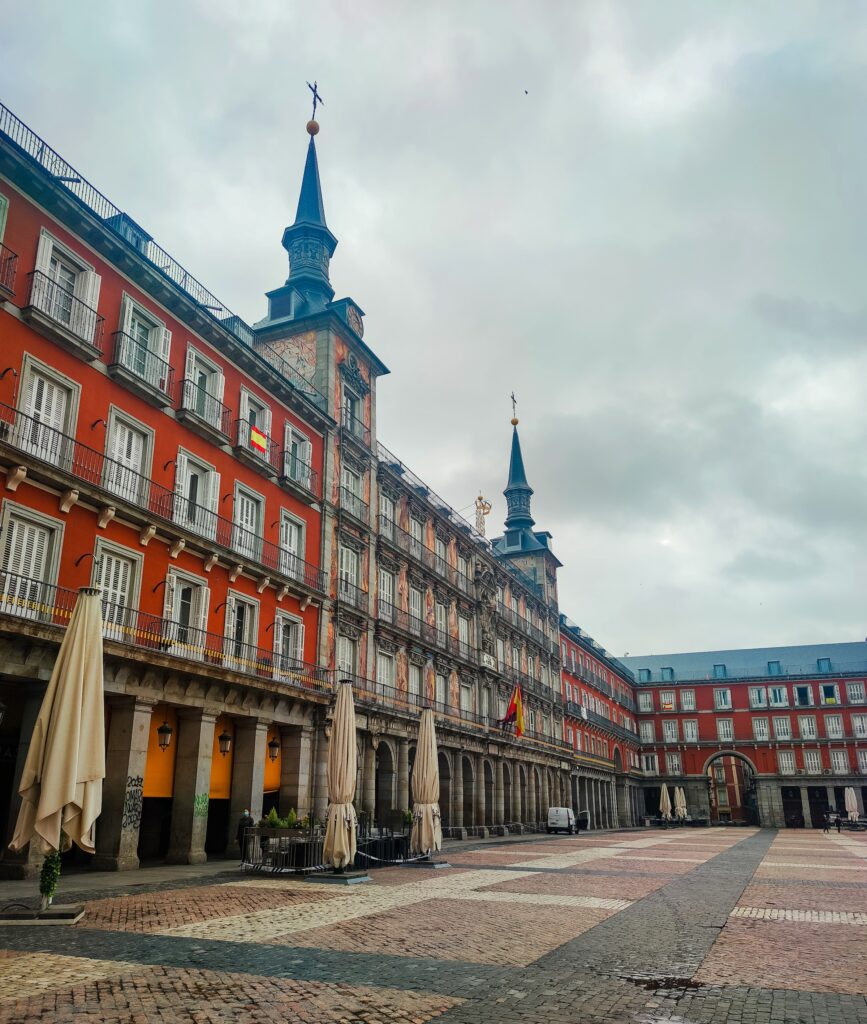
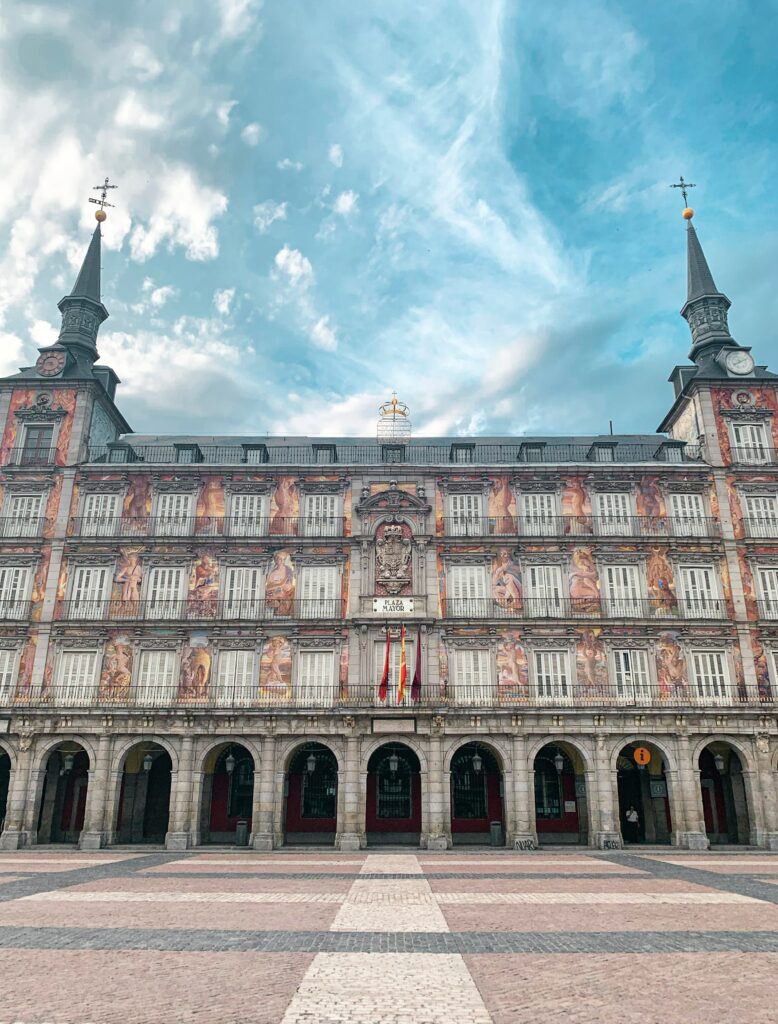
Segovia Cathedral
Near Plaza Mayor Square, it is on Marquez del Arco Street that we find the Cathedral of Segovia, the Cathedral of the Holy Church of the Assumption of the Blessed Virgin Mary, the third largest in Spain. Its construction began in 1525 to replace the previous cathedral, dismantled in 1521 and today is a magnificent example of Gothic architecture with some features of the Renaissance. It took almost 2 centuries of work to see it completed, and its alternative name, by which it is known, Lady Cathedrals, already gives an idea of the motives.
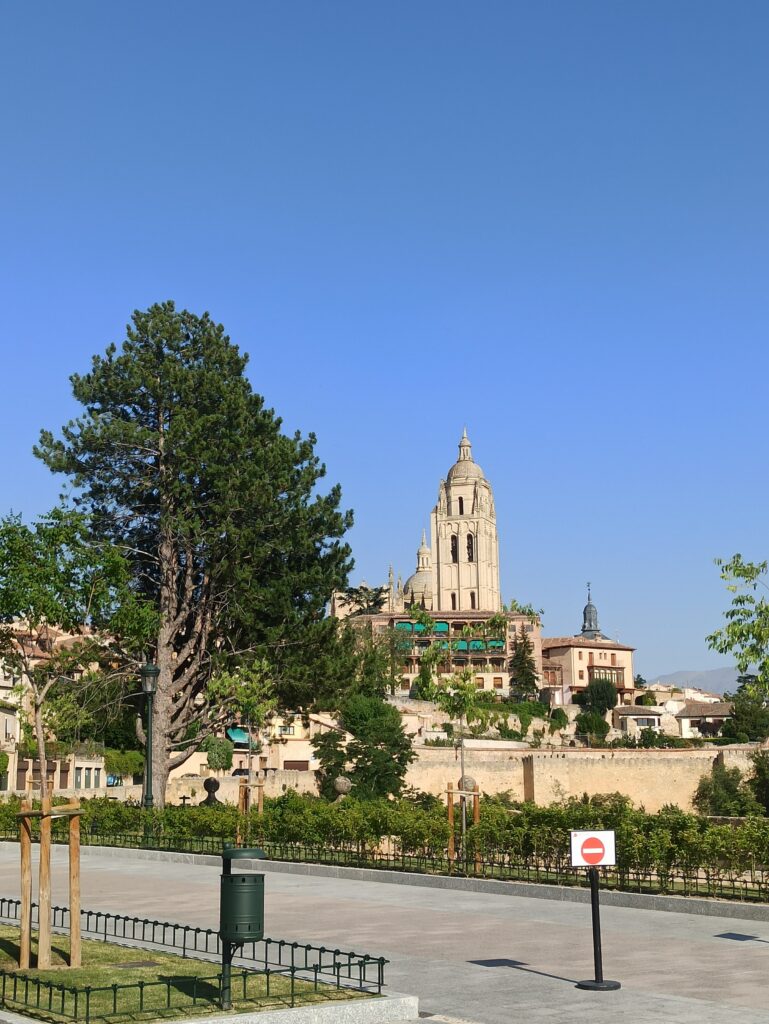
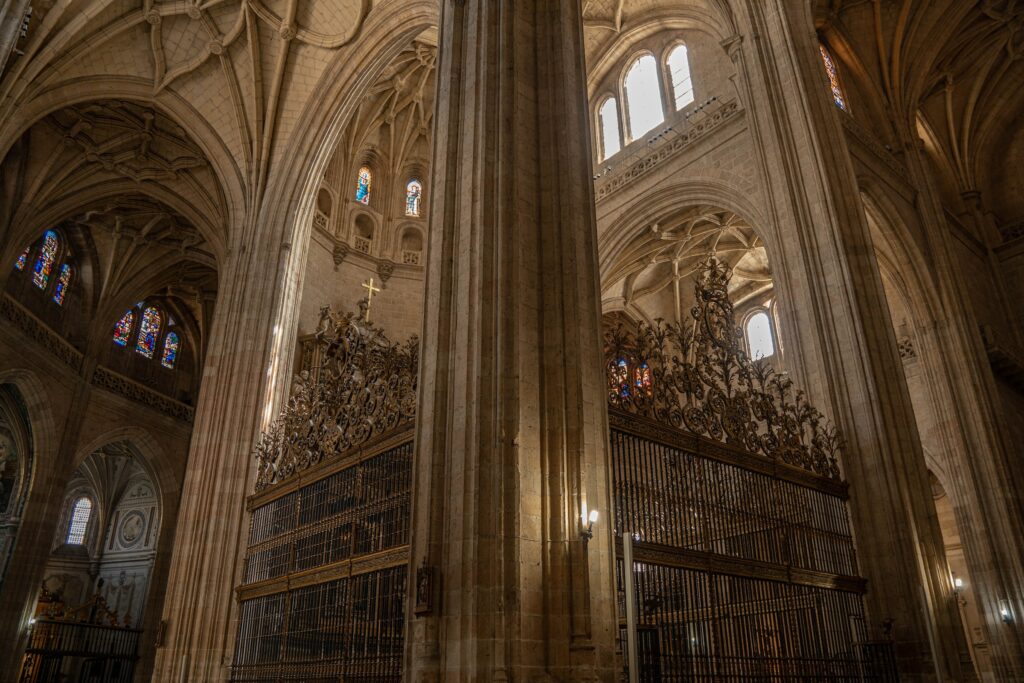
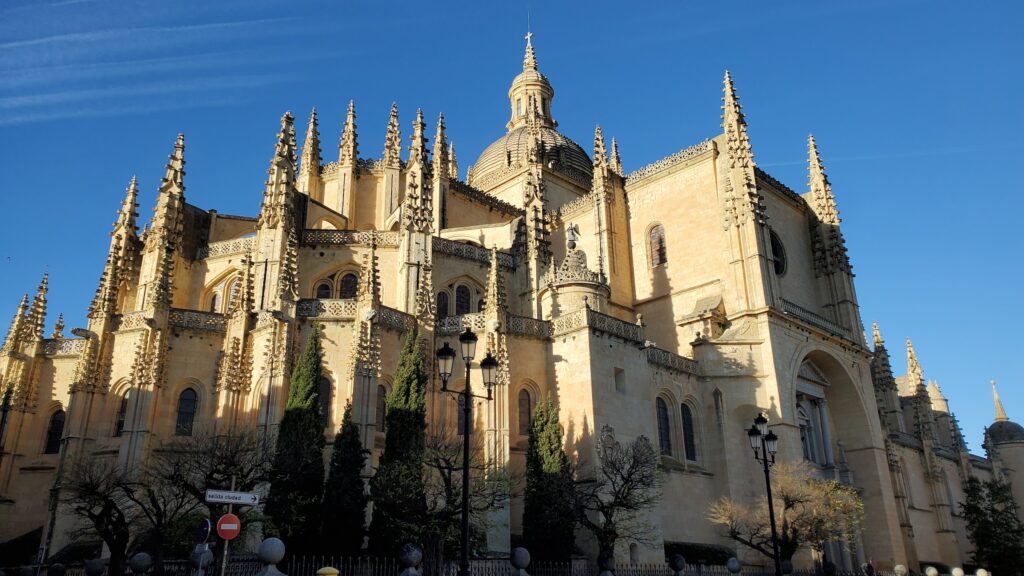
The austere interior with three naves is crowned by an impressive choir of 20 chapels, including the Chapel of the Holy Communion, Deposition, and St. Andrew, decorated with a triptych of the Flemish school. It is also impossible to miss the tower with a height of almost 90 meters, which gives a great idea of its vaults located at a height of 30 meters.
Alcazar of Segovia
In the western part of the historical center, on a rocky spur from which you can admire the Guadarrama mountains, there is the Segovian Alcazar, one of the most characteristic castles in Spain. With vague references to Disney animated films, the castle was taken as an example by Walt Disney, who again suggested it to create his cartoon “Sleeping Beauty”. The fortress dates back to the period of Arab domination of Segovia, in the 10th century, and is one of the most attractive monuments along with the Roman aqueduct already seen.
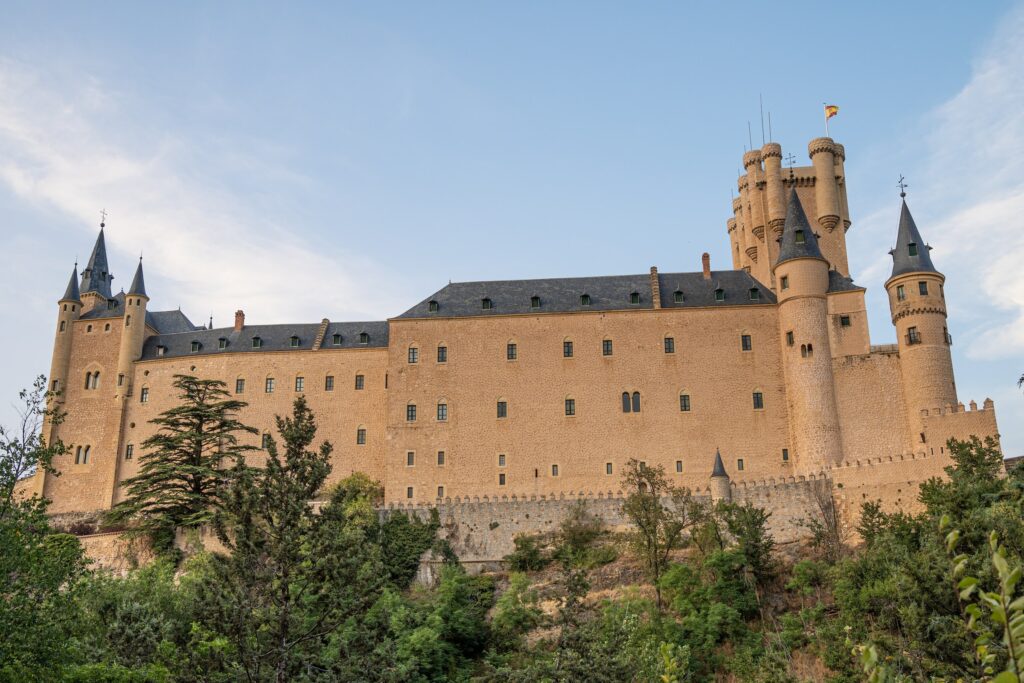
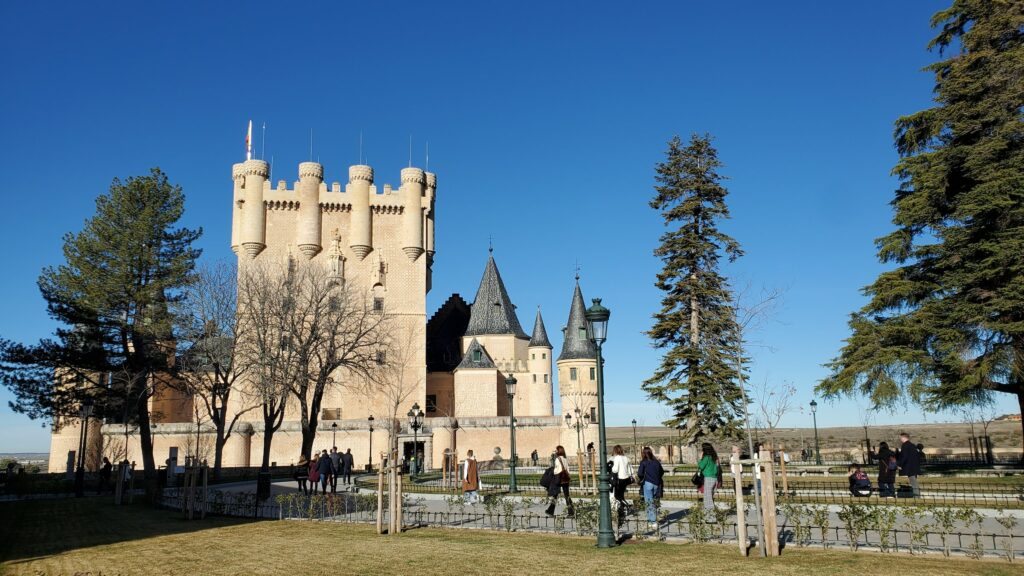
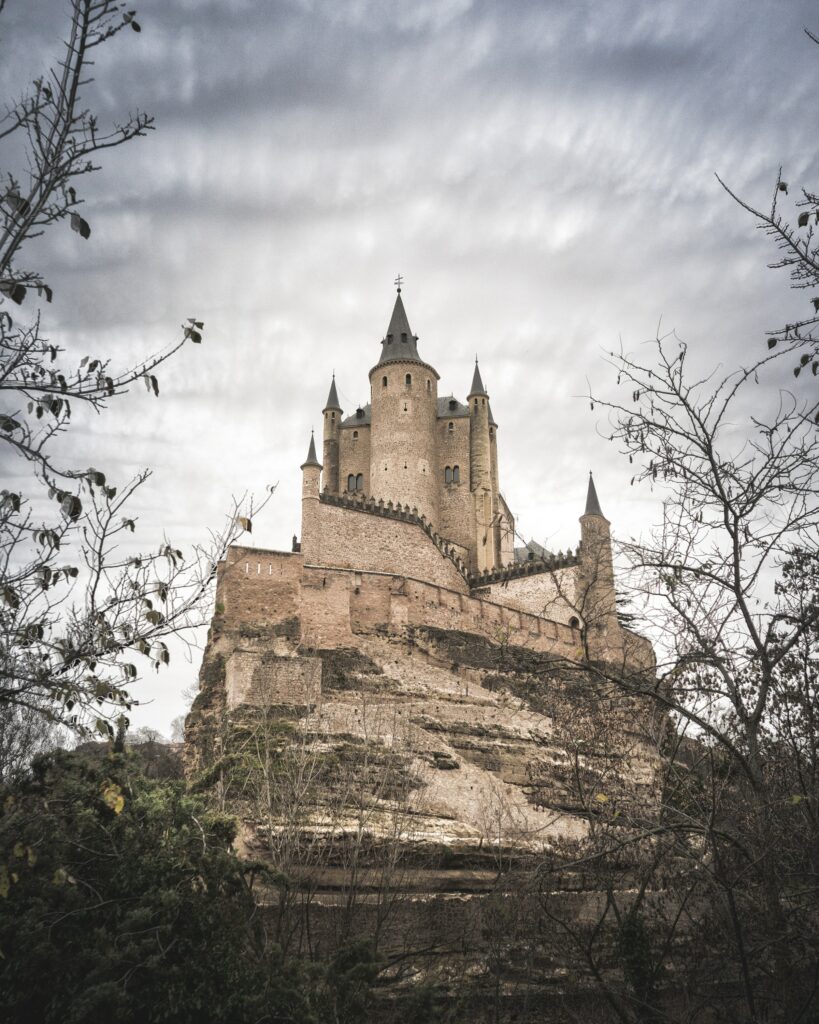
Among its most distinctive features are 12 towers with a pointed dome and a deep moat at the base. In addition, inside the fortress, many secret passages are leading to the nearby river Eresma. Visiting inside will allow you to relive the history and many legends that revolve around the city and its castle. Among the must-see places is the Pinas Hall with a ceiling of 392 stalactites in the shape of pineapples and the Reyes Hall with 52 sculptures of kings who fought during the Reconquista.
What we can admire today at the Alcazar Castle in Seville is its reconstruction dating back to 1862, after the fortress was rebuilt between the 13th and 14th centuries. As part of the tour, you will be able to see the reconstruction of the original project, developed from the ashes of the previous building.
Khuderia Educational Center
We are located in one of the areas that cannot be missed among the sights of Segovia, the ancient Jewish quarter. Here are some attractions worth visiting, including the synagogue, now converted into the Corpus Domini Church.
Among the most interesting buildings are the Centro Didctico de la Judera, an interpretation center, and a museum telling the fascinating history of the Jewish community of Segovia. The structure is an old house of the 15th century, where one of the most important members of the community, Abraham Senior, used to live. Right next to it is an old synagogue, and today a Catholic church.
Gastronomic Museum
The Gastronomic Museum, designed for gourmets and all enthusiasts, is a small exhibition that allows visitors to discover the wonderful culture associated with Spanish delicacies, with special attention to the region of Castile and Leon. The Gastronomic Museum has entire sections dedicated to local cheeses, wines, and meat, as well as a section dedicated to local whiskey. The exhibition is complemented by a series of thematic videos, and the entire exhibition is annotated in English to facilitate understanding by tourists.
Monasterio de Santa Maria del Parral
The Monastery of Santa Maria del Parral is a closed monastery of the Order of San Girolamo. It is located outside the city walls, next to the Vera Cruz Church, and still retains the purpose for which it was created.
The various buildings that make up the entire monastery complex are distributed around many monasteries built in the Gothic style.
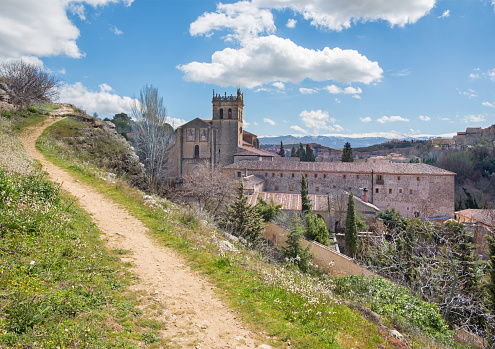
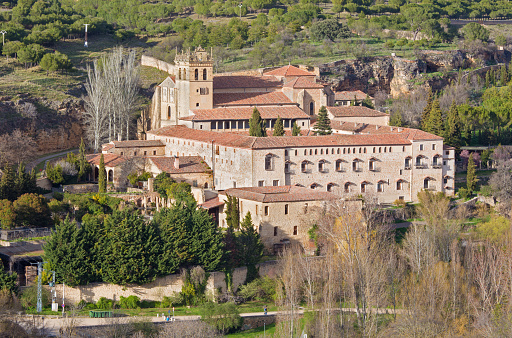
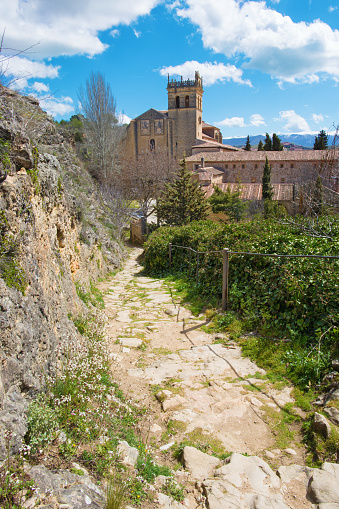
Iglesia de Vera Cruz
This 12-sided church is one of the best preserved in Europe. Built-in the early 13th century by the Knights Templar, it is inspired by the Church of the Holy Sepulchre in Jerusalem.
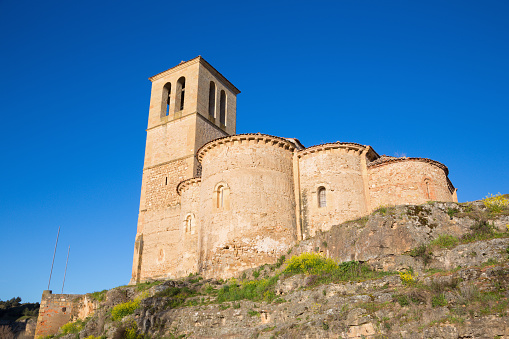
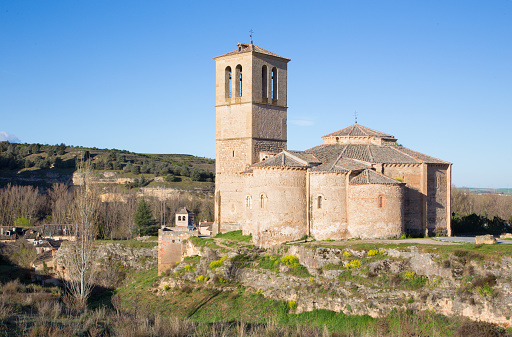
It once housed a part of Vera Cruz (the True Cross), which now rests in the nearby church of the village of Zamarramala. A curious two—storey chamber in the round nave (inner temple) is the place where the secret rites of the knights took place.
Plaza de San Martin
We conclude our acquaintance with the sights of Segovia at the Plaza de San Martin, one of the small squares in the city and probably the most charming. The statue of Juan Brvo stands on the square, and it still retains the features of typical buildings of the Roman era, among which we can only mention the Church of San Martin.











I am seriously thinking of a Spain backpacking trip for 2023, the past two years have been focused around staycation and dear god, I need a break. Just added Segovia to the itinerary, it would be perfect for a one day stop.